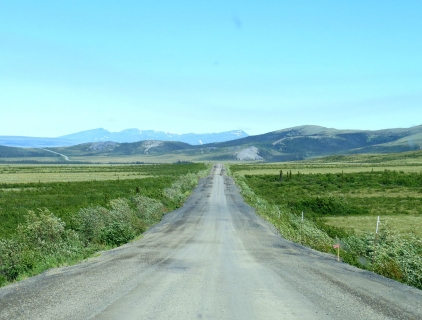New Richmond Weather and Climate: A Comprehensive Guide
The temperature in New Richmond can vary greatly throughout the year.
The temperatures shift from warm
to very cold.
It also has a relatively rain/snowy climate with high levels of precipitation.
Let’s explore the climate details in depth to provide you with a complete overview.
Average maximum day and minimum night temperature
Depending on the time of the year, temperatures range from comfortable to very cold in New Richmond. On average, daytime temperatures range from a comfortable 24°C in July to a very cold -7°C in January.
Nighttime temperatures can drop, with average lows reaching -17°C in January.Check out our detailed temperature page for more information.
Temperature ranges by month
Precipitation and rainy days
New Richmond has a relatively rain/snowy climate with high precipitation levels, averaging 1208 mm of rain/snowfall annually. The wettest period in New Richmond occurs in October, which receives around 121 mm of precipitation. During the driest month, February, New Richmond experiences moderate snowfall, totaling approximately 80 mm. The consistent precipitation levels throughout the year contribute to a relatively stable climate.
The mean monthly precipitation over the year, including rain, hail and snow
Forecast for New Richmond
Select a Month of Interest
Check the conditions for any month of the year.
The best time of year to visit New Richmond in Canada
During the months of June, July and August you are most likely to experience good weather with pleasant average temperatures that fall between 20°C and 26°C.Other facts from our historical weather data:
The coldest season / winter is in the following months: January, February, March and December.
July has an average maximum temperature of 24°C and is the warmest month of the year.
The coldest month is January with an average maximum temperature of -7°C.
October tops the wettest month list with 121 mm of rainfall.
February is the driest month with 80 mm of precipitation.
No idea where to travel to this year? We have a tool that recommends destinations based on your ideal conditions. Find out where to go with our weather planner.





